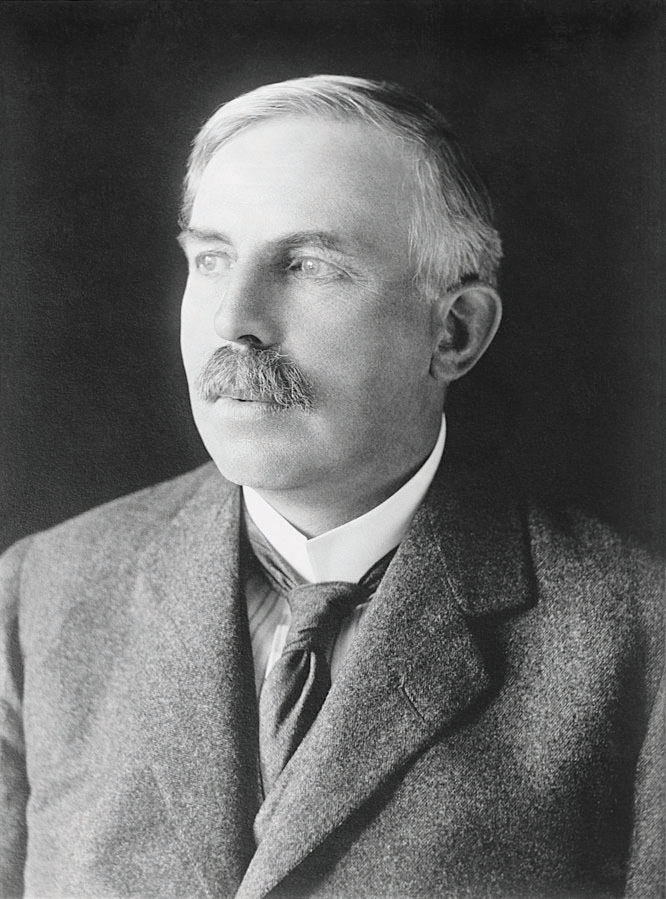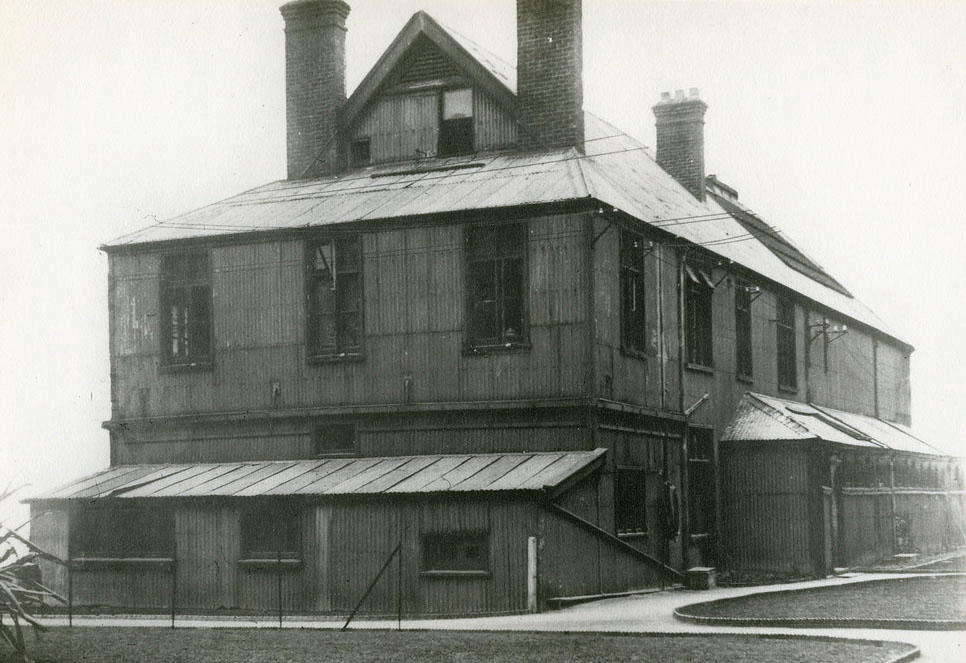Ernest Rutherford, born on August 30, 1871, in Brightwater, New Zealand, is widely regarded as the father of nuclear physics. His pioneering work in the fields of radioactivity and atomic structure laid the foundation for much of modern physical science. Rutherford’s journey from a rural New Zealand farm to international scientific acclaim is a testament to his intellect, curiosity, and relentless pursuit of knowledge.
Rutherford’s early life was shaped by the rugged environment of rural New Zealand. He was the fourth of twelve children in a family that valued education and hard work. His mother, Martha, was a schoolteacher, and his father, James, was a farmer and mechanic. This upbringing instilled in Rutherford a strong work ethic and a practical approach to problem-solving. He excelled academically, particularly in mathematics and science, and won a scholarship to Nelson College, where he continued to shine.
In 1889, Rutherford enrolled at Canterbury College in Christchurch (now the University of Canterbury), where he studied under Professor Alexander Bickerton. He graduated with a Bachelor of Arts in 1892 and a Master of Arts in 1893. His exceptional performance earned him a scholarship to study at the prestigious Cavendish Laboratory at the University of Cambridge in England, under the guidance of J.J. Thomson, who later discovered the electron.
Rutherford’s work at Cambridge marked the beginning of a series of groundbreaking discoveries. In 1898, he discovered two distinct types of radiation, which he named alpha and beta particles. This discovery was a significant contribution to the understanding of radioactive decay. He then moved to McGill University in Montreal, Canada, where he collaborated with Frederick Soddy. Together, they formulated the theory of radioactive decay and the concept of half-life, demonstrating that elements could transform into other elements over time. This work earned Rutherford the 1908 Nobel Prize in Chemistry.
One of Rutherford’s most famous experiments was the gold foil experiment, conducted at the University of Manchester in 1909 with his assistants Hans Geiger and Ernest Marsden. In this experiment, they bombarded a thin sheet of gold foil with alpha particles. Contrary to the expectations based on the prevailing plum pudding model of the atom, which posited that atoms were composed of a diffuse cloud of positive charge with negatively charged electrons embedded within, some alpha particles were deflected at large angles. This surprising result led Rutherford to propose the nuclear model of the atom, where a small, dense nucleus containing positive charge is surrounded by orbiting electrons. This model revolutionized the understanding of atomic structure and laid the groundwork for future research in nuclear physics.
Rutherford’s contributions to science did not stop there. In 1919, he achieved the first artificial nuclear reaction by bombarding nitrogen gas with alpha particles, resulting in the transmutation of nitrogen into oxygen. This experiment was a crucial step in the understanding of nuclear reactions and the potential for altering elements through nuclear processes.
In 1919, Rutherford returned to Cambridge as the Cavendish Professor of Physics, succeeding J.J. Thomson. Under his leadership, the Cavendish Laboratory became a hub for pioneering research in atomic and nuclear physics. Among his notable students was James Chadwick, who discovered the neutron in 1932, further advancing the field.
Rutherford’s legacy extends beyond his scientific achievements. He was a charismatic teacher and mentor who inspired and guided many young scientists, including several who went on to win Nobel Prizes themselves. He was also a key figure in the establishment of the Rutherford Laboratory and the development of atomic energy research in the United Kingdom.
Rutherford’s accolades and honours are numerous. He was knighted in 1914 and elevated to the peerage as Baron Rutherford of Nelson in 1931. He received the Order of Merit in 1925 and served as the president of the Royal Society from 1925 to 1930. His name is immortalized in the periodic table with the element rutherfordium (Rf), in recognition of his profound impact on the field of chemistry and physics.
Ernest Rutherford passed away on October 19, 1937, but his legacy continues to resonate throughout the scientific community. His groundbreaking research transformed the understanding of atomic and nuclear physics, and his influence is still felt in modern scientific endeavours. As a pioneering scientist, mentor, and visionary, Rutherford’s contributions have left an indelible mark on the world of science.




